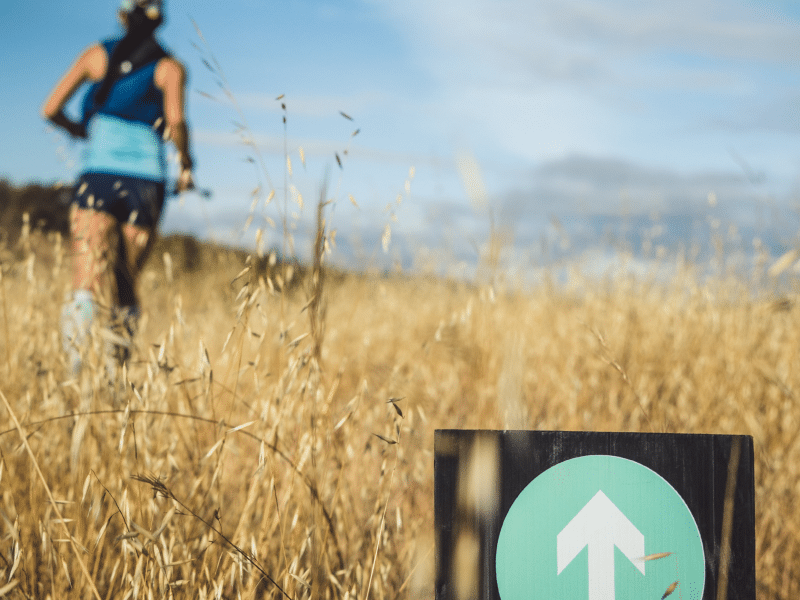Pinterest has put out a blog post sharing 6 tips that make the perfect pin board, read below to know.
Using Pinterest’s editing tools to give your Idea Pins a personal touch. Things like stickers and music help draw in your audience and help you add a personal flair. You can also encourage the people who view your Idea Pins to add their own “take”, sharing their personal spin on your idea.
Pick your topic
The foundation of a great Idea Pin is a great idea. Plan around your passions, picking topics and ideas you genuinely care about. It’s easier to make great content when you’re excited about it, and your authenticity will come through in your final content.
You can use Idea Pins for all kinds of content, from tutorials to personal stories. Here are a few tried-and-true strategies for your first Idea Pin:
1. Instructional
Instructional Pins teach new skills, provide tutorials or recommend specific products. You can film yourself doing the idea, or use videos, images and text to walk people through the steps. Creator Wendy—or TheKWendyHome—used this strategy for her DIY Idea Pin on how to build a floating centrepiece. Wendy walks you through the process step-by-step with visuals and text, and even includes some decoration inspiration.
2. Quick tip
I make a lot of ‘How to’ Pins, and this No-Stick Fish Grilling Trick Pin is one of my favorites I’ve made so far. It’s a simple tip to keep your fish intact—and my Pinterest audience has been eating it up. This format is great if you’ve got an idea that won’t take much time to explain. You don’t even have to add text to the Pin’s images or videos: just add it to the description instead.
3. Comparison
Show people multiple ways to use the same ingredient, product or object. For example, creator Shiquita Hyman (Unconventional Southern Belle) used a comparison Idea Pin to share three ways to style the same vintage two-piece set. You could also apply this format to show recipe hacks, how to incorporate new home decor for different rooms in your house, etc.
4. Storyteller
Tell an inspiring story from your own life, like an anecdote that shaped your personal growth. Creator Nancy Chen used this approach to share her pottery practice. She organised images of her pottery in chronological order to demonstrate how her skills have improved after a few weeks of training.
5. Conversation
Bring other experts or members of your audience into the Pin. Ask people to submit questions ahead of time, reply to people’s comments with a new Idea Pin or invite someone else “on air” to chat with you. Cooking creator J. Kenji Lopez-Alt often collects questions from his followers, then uses those questions as the foundation for his next Idea Pin.
6. Showcase
Take the Pinner along while you create something. Just press record, start creating and let them watch. You don’t need to add complicated voiceover or type up instructions: just show off your skills and let other people enjoy the process from afar. Health and fitness-focused creator Wendy Traylor adopted this approach to demonstrate her favourite core strengthening exercises. She doesn’t add much text to the videos and, instead, adds any necessary context to the Pin’s caption.
Follow @itp.live for more such educational content!




